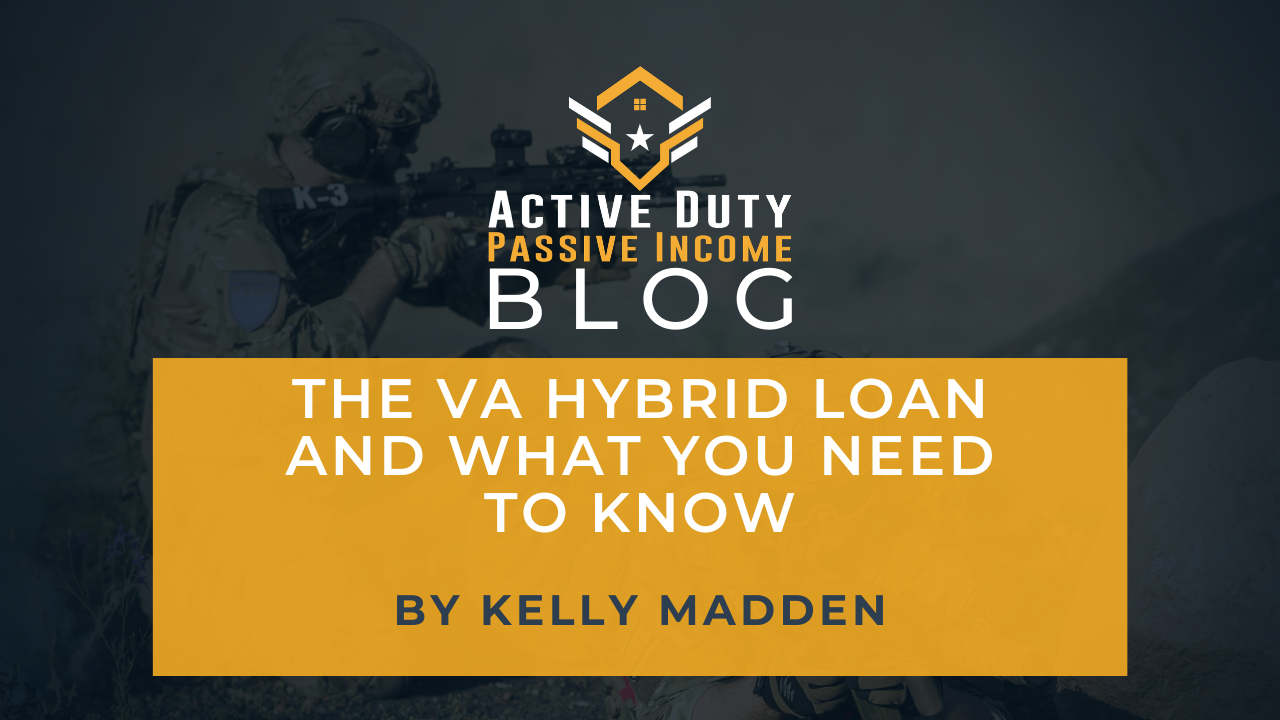When it comes to VA financing, many veterans have heard about the popular fixed rate VA Loans. They are usually the standard when it comes to hearing about veteran finance options for real estate. But, did you know there’s another option? It’s called a VA Hybrid Loan and it could be a great choice for your home buying needs.
A VA Hybrid Loan is exactly like it sounds – it is a government-backed loan that includes a fixed-rate introductory period that transitions to an adjustable-rate mortgage after a certain amount of time. The initial period can be 3, 5, 7, or 10 years. After this time (on the anniversary date), the interest rate can change yearly as determined by index, margin, and caps.
What is a VA Hybrid Loan Cap?
VA Hybrid Loans are capped – which means that there is a limit on the interest rate and how much that rate can rise both annually and over the life of the loan. The annual adjustment cap is one percent over the previous interest rate and five percent over the entire life of the loan.
For example, if a borrower has a 7/1 VA Hybrid Loan (7-year introductory rate that turns into a 1-year ARM) at $150,000 and a 2.75% rate, that interest rate will not change until after the first seven years. But, at the 7- year mark, it can only increase a maximum of 1% per year. This brings the maximum rate to 3.75% for that year, a maximum rate of 4.75% the following year (if it increases that much), and so on.
Okay, great! So how does this benefit you as a borrower?
VA Hybrid Loan Benefits
- VA Hybrid loans can start at a slightly lower rate compared to a fixed-rate loan. Usually, the shorter the introductory period, the lower the interest rate. This can mean lower mortgage payments and more savings for veterans.
- If you so desire and you qualify, you can refinance after the initial period.
- Just because it turns into an ARM after the introductory period doesn’t mean the rate will increase. It could decrease depending on the market and the loan terms.
- It can be a great short-term option for military members. If you move and sell before the rate transitions to an ARM, you won’t have to worry about the possibility of higher interest.
- Rates are usually much more stable than a conventional ARM.
You may even choose to refinance INTO a VA Hybrid Loan from a fixed-rate VA Loan. For instance, if you’re planning on staying in your home for another 5 years, you may benefit from the lower initial interest rate and save more money!
As with any loan choice, there are some risks involved with doing a VA Hybrid Loan. What else do you need to consider before making this important decision?
VA Hybrid Loan Negatives
- The rate could increase. Even capped, it would result in a higher mortgage payment.
- Veterans should consider what happens after the introductory period. It’s better to prepare for a budget change so an increased rate doesn’t catch you by surprise.
- Even though it could be a great short-term option, veterans shouldn’t rely on the probability of being able to sell. Prepare yourself for other possible scenarios such as having to lease the home because of a slow real estate market.
- If the market’s interest rates do drop during a long fixed-rate period (say, 7 years) – you’re stuck in your original introductory rate.
- Veterans should pay attention to the loan terms. Not all hybrid loans will have the option for rates to decline when the index does. Make sure to read your loan terms!
Take note that in the current market, 30 year fixed loans may be a better choice. Be sure to talk to your preferred lender to discuss which choice will be beneficial to you and your long-term goals.
Finding a Lender
The VA Hybrid loan may not be available in all states. Also, not all standard VA Loan lenders will offer the VA Hybrid Loan, so be sure to check with your preferred lender to see if they carry it.
If you are searching for a lender and would like more information on VA Hybrid loans, ADPI’s lender search tool is a great resource. As an added bonus, the search also provides the option to look for vetted real estate professionals.







